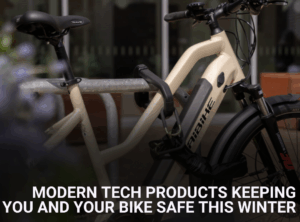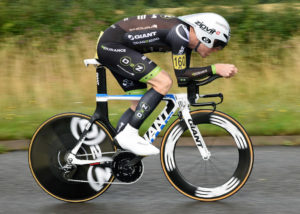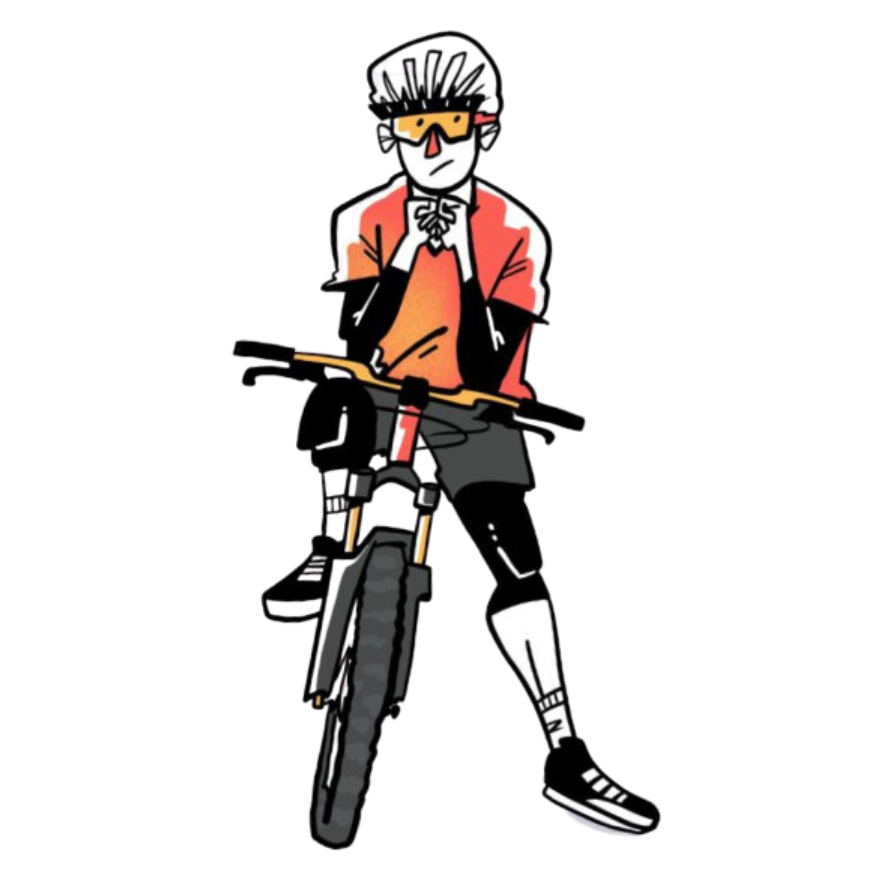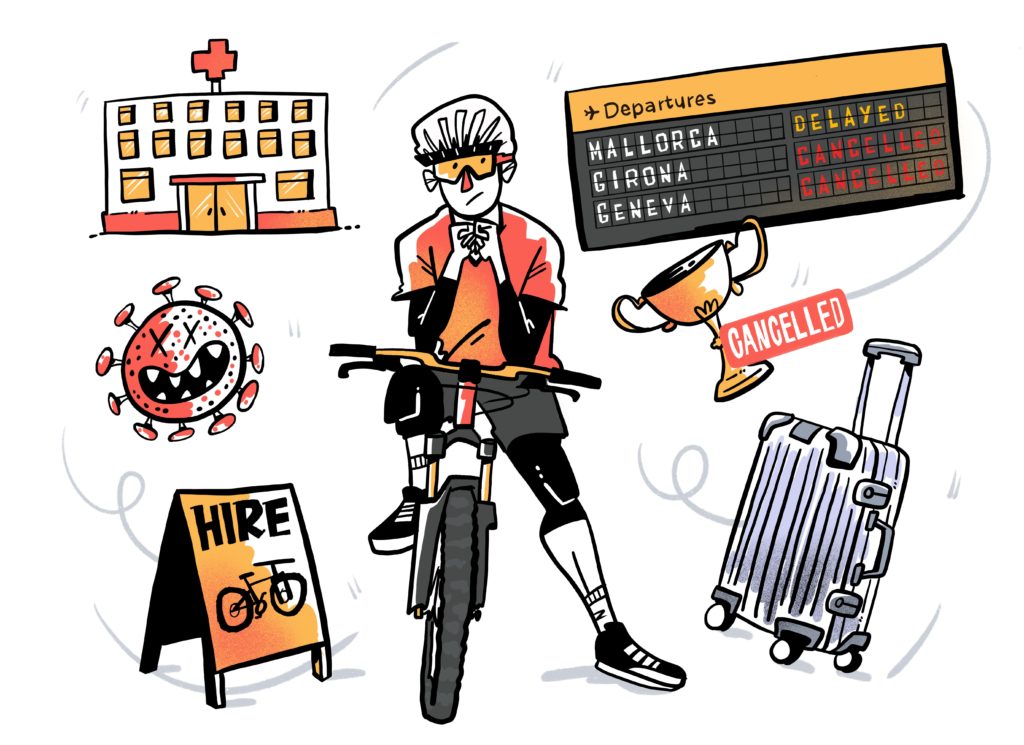Think you need a new bike? Hold your horses!
Modern aero bikes. They’re sleek, efficient, aerodynamic, robust and well, expensive….
Marketing departments will band the promise of speed gains around as if your current bike has been fitted with a parachute.
Playing devil’s advocate, the bike companies do have a point to make. Modern road bikes are faster, mainly due to the aerodynamic advancements over their forefathers. They have better wheels, tyres and more gear ratios. They also stop better, but we can leave that conversation for another time.
The allure of ‘free speed’ taking you into the next dimension of cycling Nirvana can be all too much to resist. But just remember, there is no such thing as free speed…
What the marketing guys don’t tell you is that there is an alternative to shelling out a wad of your annual salary on the latest and greatest carbon rocket ship. And that’s where Pedal Cover come to the rescue! We think that with a few quid spent, you can turn your existing bike into something much faster for a fraction of the cost of a brand new aero rig, and who knows, if you get it right, you may actually go faster than you would’ve on the new bike anyway!
Before you drop a considerable lump of hard-earned cash on the latest and greatest carbon rocket ship, consider making these upgrades to your bike first.
Clothing
While clothing may not be a direct component of the bike, our discussion will mainly be centred around maintenance and enhancements to increase your speed. The clothing you choose can significantly impact your travel speed. Before setting off, consider the anticipated riding pace and weather conditions you may face. Overdressing can cause overheating, adversely affecting your body’s functionality. Modern clothing fabrics will keep you warm, wick sweat away and not flap around in the wind like a Tesco bag in a tornado. It’s generally advisable to set out slightly underdressed, as you’ll naturally warm up to an optimal temperature. If rain is in the forecast, ensure you pack a well-fitted rain cape.
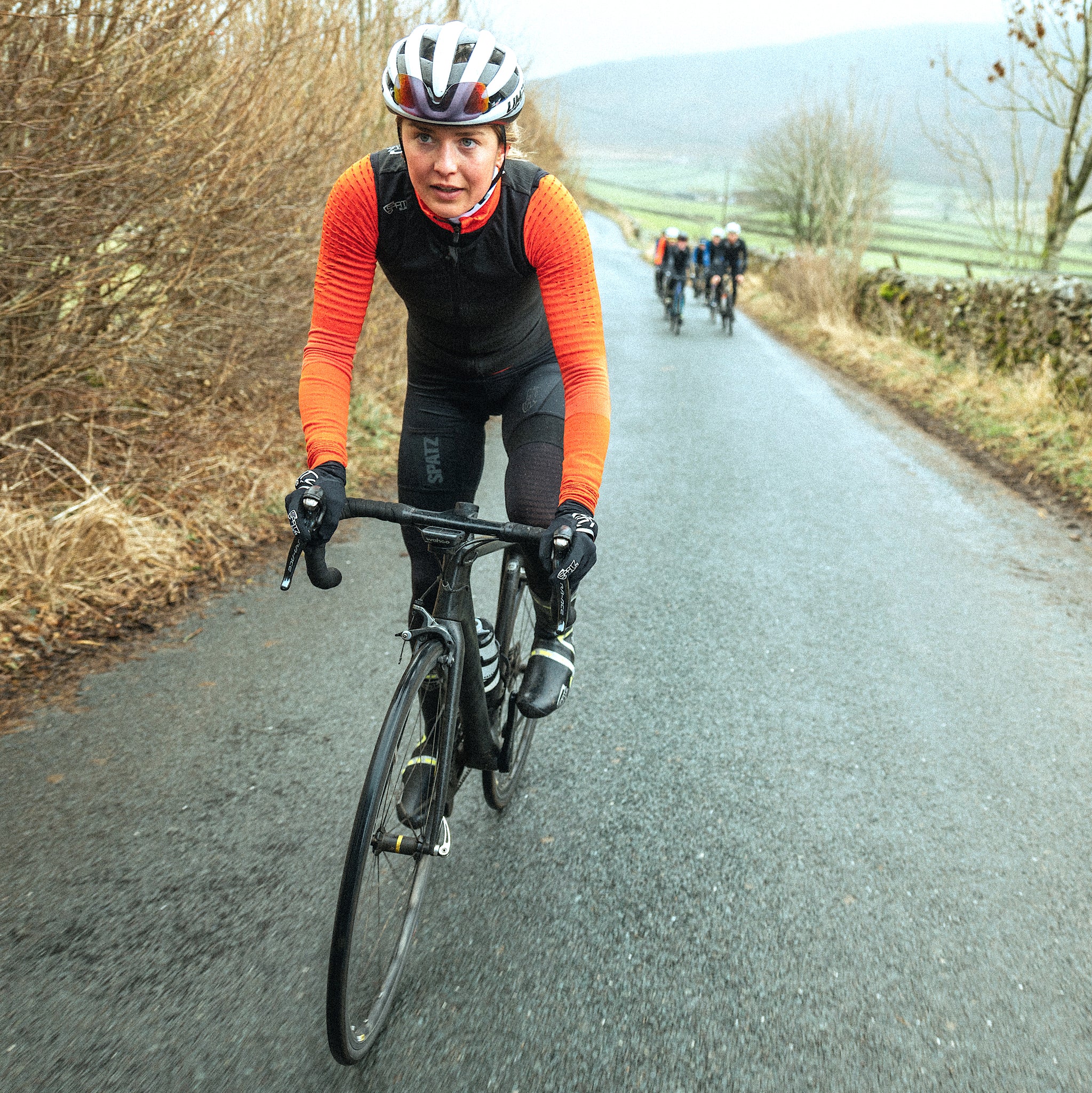
Bike fit
To avoid preventable injuries, it’s advisable to consider a bike fit. Whether you’re a novice or an experienced cyclist, determining the ideal saddle height, layback, stem height and reach for your new bike can be challenging. Regardless of experience, cycling has an uncanny nack of causing various discomforts such as knee, back, shoulder, wrist, and hip pain. A bike fit is designed to optimise your body mechanics to align with the bike’s components, tailored to your height and riding style. This minimises strain resulting from inefficient movements and helps prevent unnecessary discomfort. Even if you’ve been cycling for years, seeking professional assistance to assess your position is a wise decision. After all, none of us are getting younger.
Rubber
Buying new tyres is an inevitability for those who ride regularly and with the costs of tyres inflating (sorry, I couldn’t resist ) the temptation to maximize their lifespan is understandable. However, hanging onto old tyres that have flattened due to extensive use is not an efficient approach. While most energy is dedicated to overcoming air resistance, it’s crucial to recognise that rolling resistance can contribute to up to 20% of your overall resistance—a factor not to be underestimated.
Opting for a wider performance tyre can really transform the way your bike performs. Premium-quality tyres can significantly improve your biking experience by reducing harshness and providing better grip. If you struggle with confidence during corners or descents, a tyre that absorbs more road vibration can be immensely beneficial. Moreover, supple casings can enhance overall comfort. For those who simply inflate their tyres until they’re firm, consider exploring the Silca tyre pressure calculator for valuable insights.
To sum it up, worn tyres can adversely affect handling and performance, increase rolling resistance, and increase the risk of punctures and blowouts. No thanks…!
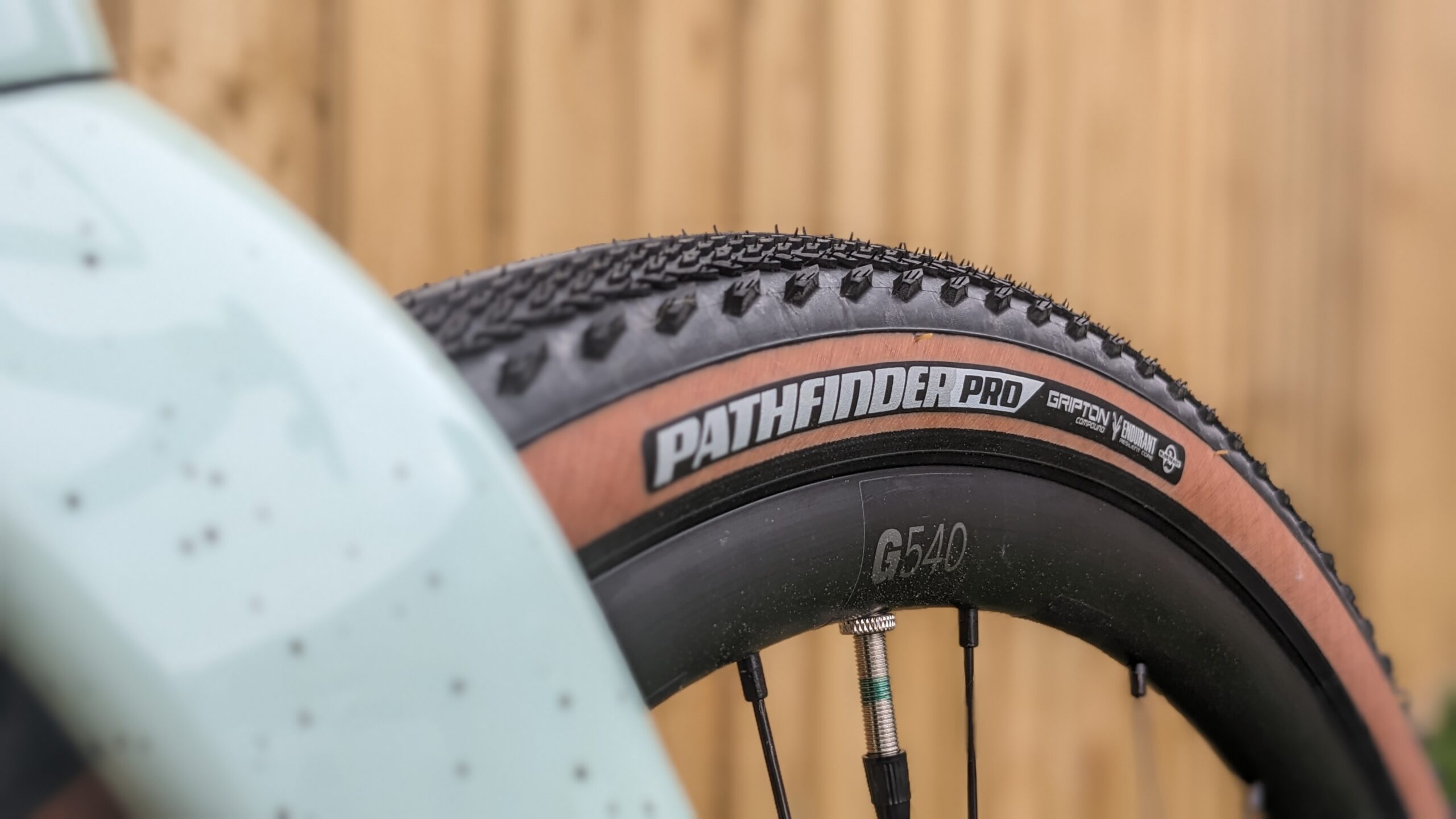
Service
Proper maintenance is crucial in keeping your bicycle running as it was intended. Cyclists who ride in all types of weather conditions know that water, salt, and grit can rapidly deteriorate bottom bracket, pedal, and wheel bearings. If you can hear your wheel bearings or there is lateral movement in your crank arms, they’re likely worn out and will consume extra energy. It’s crucial to replace them before they completely fail! Proper installation of the bearings is just as important as their condition. If you lack the necessary tools or expertise to do it yourself, it’s best to go to a bike shop.
Carbon wheels
Lightweight carbon wheels offer a good advantage in increasing speed for a number of reasons. Firstly, they have a great strength-to-weight ratio. By reducing rotational mass, these wheels require less energy to accelerate and maintain momentum, resulting in faster speeds with less effort. Additionally, their aerodynamic design minimises drag, further increasing performance. The stiffness of carbon fibre ensures efficient power transfer, translating every pedal stroke into forward motion with reduced energy loss. Interestingly, carbon wheels are also very comfortable to ride when compared with aluminium rims as they absorb lots of the road vibration. They also look cool and that in it’s self will make you a faster rider….probably 😉 Word of warning, don’t go too deep as the bike is much harder to control in windy conditions. For general use, a depth of 30-65mm is more than adequate.
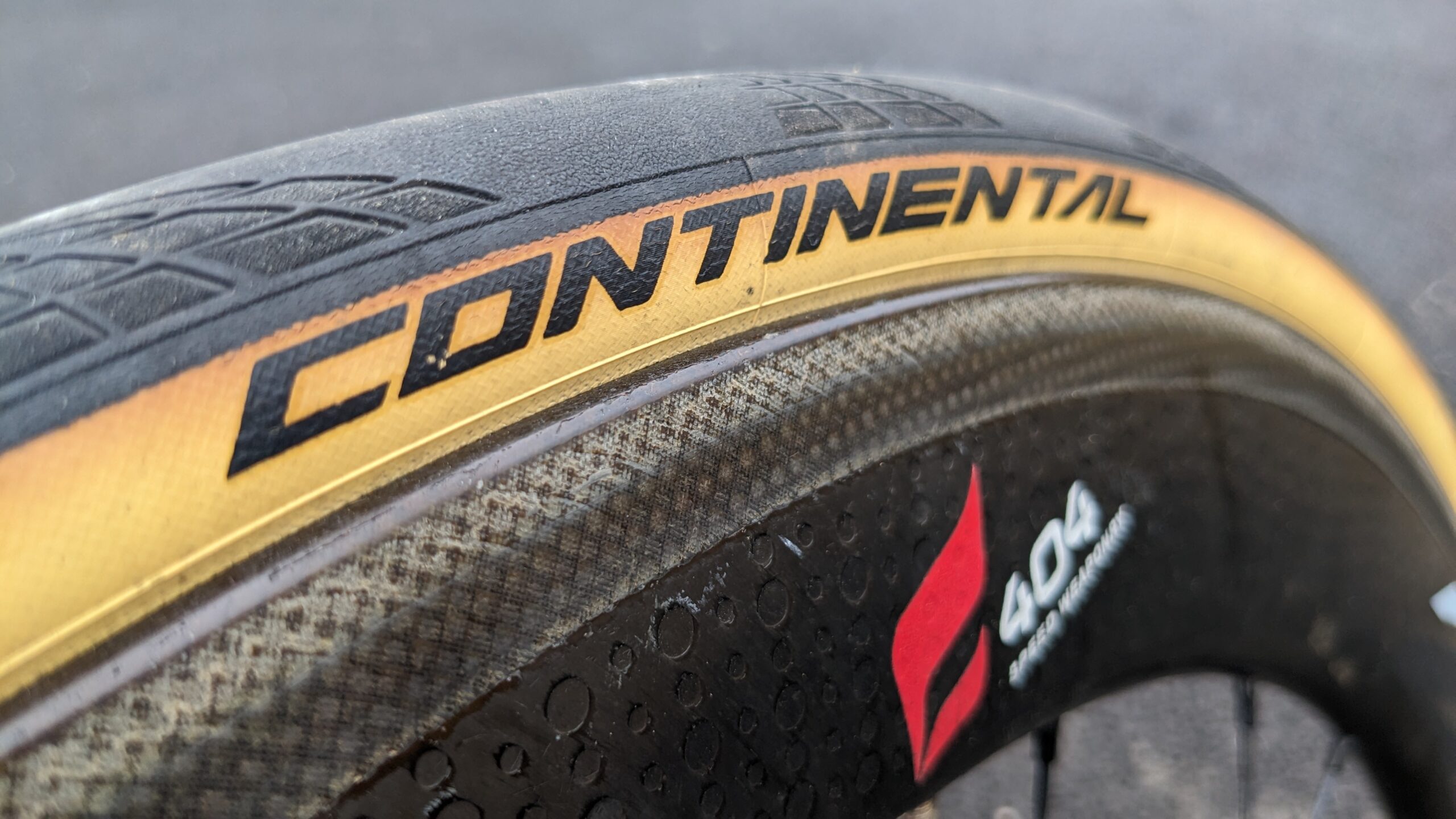
Narrower bars
Reducing your frontal area is a straightforward method to decrease the watts expended while riding. This involves minimising the surface area that the wind hits as you ride. An effective way to achieve this is by fitting narrower handlebars. According to some unofficial studies, reducing bar width by 20mm at a speed of 40 kph can result in saving approximately 25 watts of power. For those of us who don’t regularly ride with power meters, this is a significant saving!
However, we must acknowledge that narrow handlebars may not be suitable for all riders. Cyclists with broader shoulders or longer arms might experience discomfort or strain during long rides with narrow handlebars. Additionally, riders who prefer a more upright riding position may find that narrow handlebars place excessive strain on their lower back and shoulders. If you decide to opt for narrower bars, it’s advisable to seek professional assistance. Consider yourself warned!
Tilting in the brake hoods
You can go one better with the narrower bars….tilt in the brake hoods towards the centre of the bars. Admittedly, I don’t have any experience of doing this so can’t really pass comment on how effective it is or how it affects the bikes handling but I’m reckoning there must be something in it. After all, the UCI have banned it from the pro peloton and it’d be fair to say that they like to ban things that make riders go faster!
Chain waxing
Riding with an unlubricated chain not only generates noise but also accelerates drivetrain wear, leading to a loss of power. Not cool. According to this article, a squeaky, unlubricated chain could cost you up to 20 watts of power. While this might seem extreme, setting out on an extended ride with a lightly lubricated chain, coupled with unexpected rain, can result in significant efficiency losses.
An increasingly popular method to enhance drivetrain efficiency is through chain waxing. One notable advantage of this method is that the wax acts as a repellent against dirt and grime, prolonging the chain’s cleanliness and improving shifting performance. In essence, it means less mess and smoother operation! For most riders, the efficiency gap between an oiled chain and a waxed chain is likely to be negligible, given that a standard road bike drivetrain is approximately 97% efficient. Regardless of your chosen method, keep on top of chain maintenance.
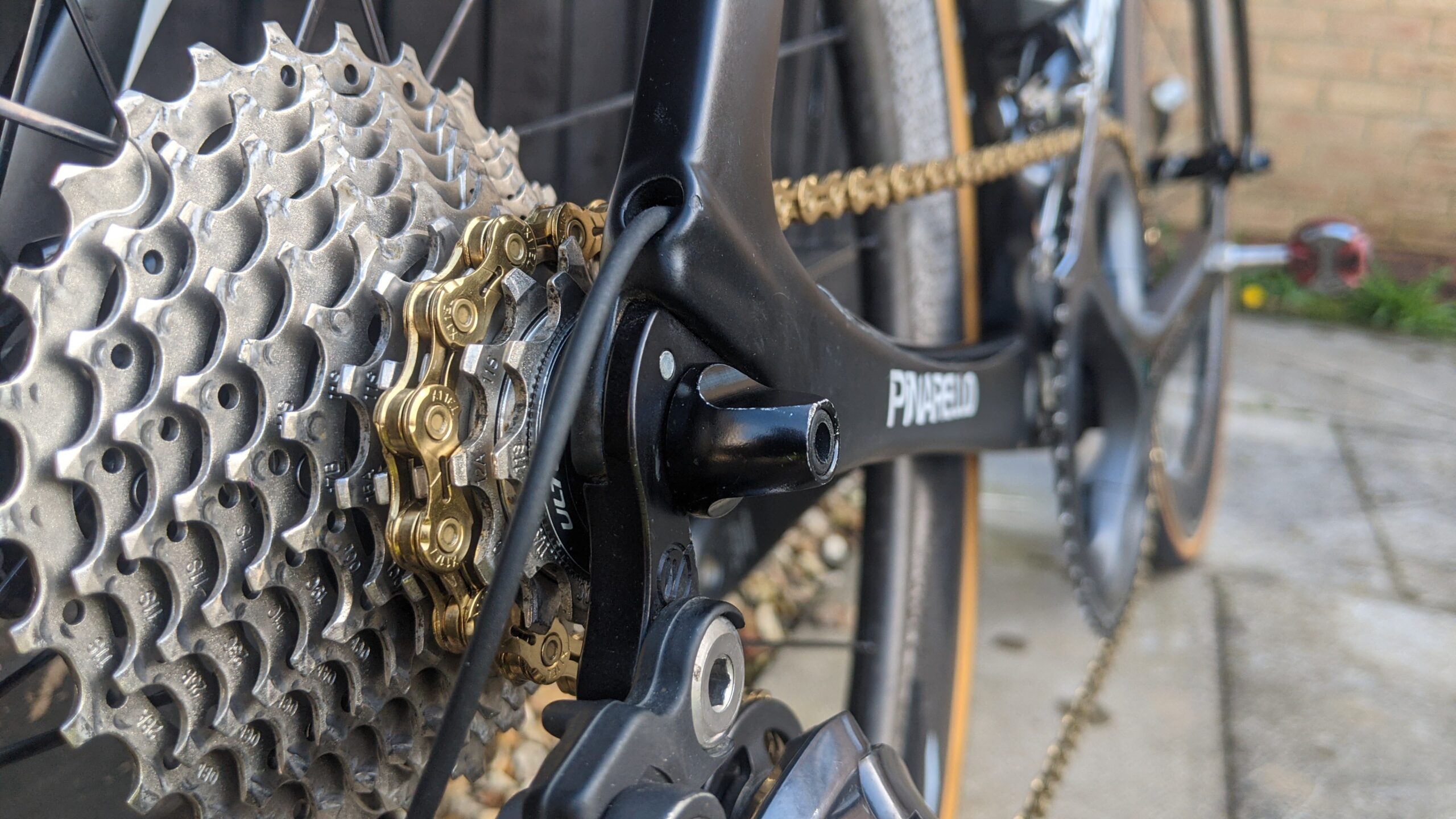
Gears
Most modern road bikes are equipped with enough gear ratios to handle the rigorous terrain of a three-week Tour de France race. However, despite the convenience of electronic shifting, many riders fail to properly select the appropriate gear for the terrain they are tackling. This commonly leads to two problems: a failure to anticipate changes in terrain, which can help maintain momentum (both uphill and downhill), and “cross chaining,” where the gear selected pushes the chain to the limits of its operating capacity. Cross chaining can cause increased wear, more noise, and reduced efficiency in the drivetrain. Straightening the chain as much as possible is the optimal solution.
To get comprehensive coverage for accidental damage, theft, personal accident, public liability, and a range of additional benefits for both you and your bike, check out Pedal Cover insurance which is designed to cover your bike should you have any unfortunate incidents. If you need further assistance, give our support team a call on 0800 121 4424.




